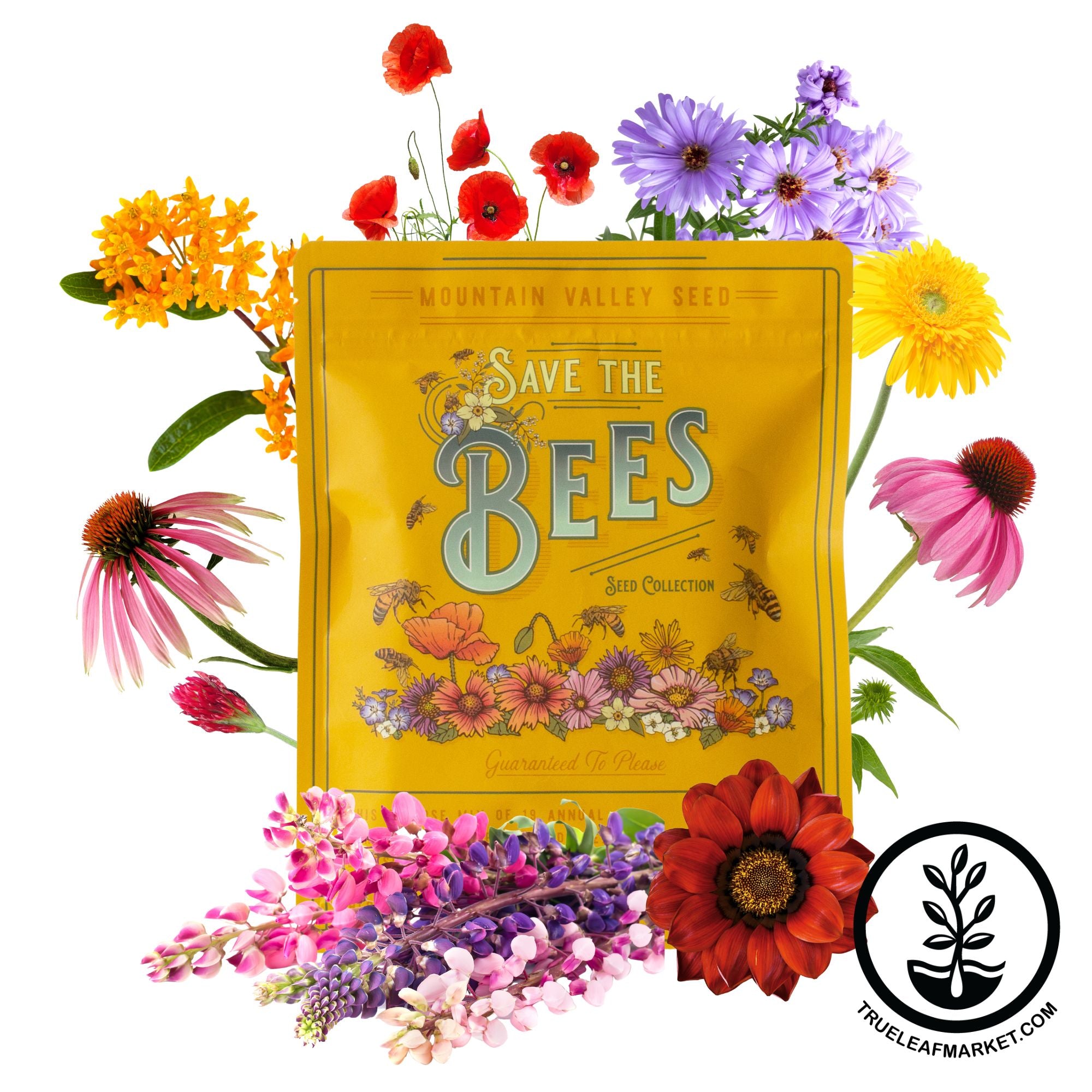What you need to know before placing an order with True Leaf Market
We pride ourselves on our lightning fast order processing: We don't take multiple business days to process and ship your order. 90% of orders that come in by 1pm MT are processed and shipped the same day due to our in-house resource planning system we developed to make shipping and restocking more efficient than ever before. 96% of orders are shipped out by the next business day.
Our efficiency directly benefits you: Or facility's efficiency has allowed us to save on costs, and those savings have been extended to you with great prices.
Premium Quality Seeds: You can be confident that every seed order contains fresh, premium quality, tested and inspected seeds with top tier germination rates. Even though we are inspected frequently by numerous state and federal regulatory agencies, we want you to know that our standards are much higher than the minimum regulatory requirements. Our seed quality would be outstanding, even if we never got a regulatory inspection.
We have a 30-day guarantee: If you don't love your seeds for any reason, feel free to return your order for a refund within 30 days of purchase!
Our shipping, prices, quality and guarantee are always praised by our 510,000+ customers. So much so, in fact, that we're gaining 25,000+ new customers with each passing year. When you get seeds from True Leaf Market, you're getting the best!




























3 comments
I planted wildflowers this spring, and want to know what to do in the fall when they die off? Will they reseed themselves? Do I turn them under?
Here in Peabody, MA, I dedicate a small 6’x6’ area in front of my 10’x20’ vegetable patch for Brown Eyed Susan’s and purple Cone flowers. In the beginning of August this year I see AMERICAN GOLDFINCHES feeding on the seeds of both of these wildflowers! Yet another benefit of the Wildfloower!
Very good!!!